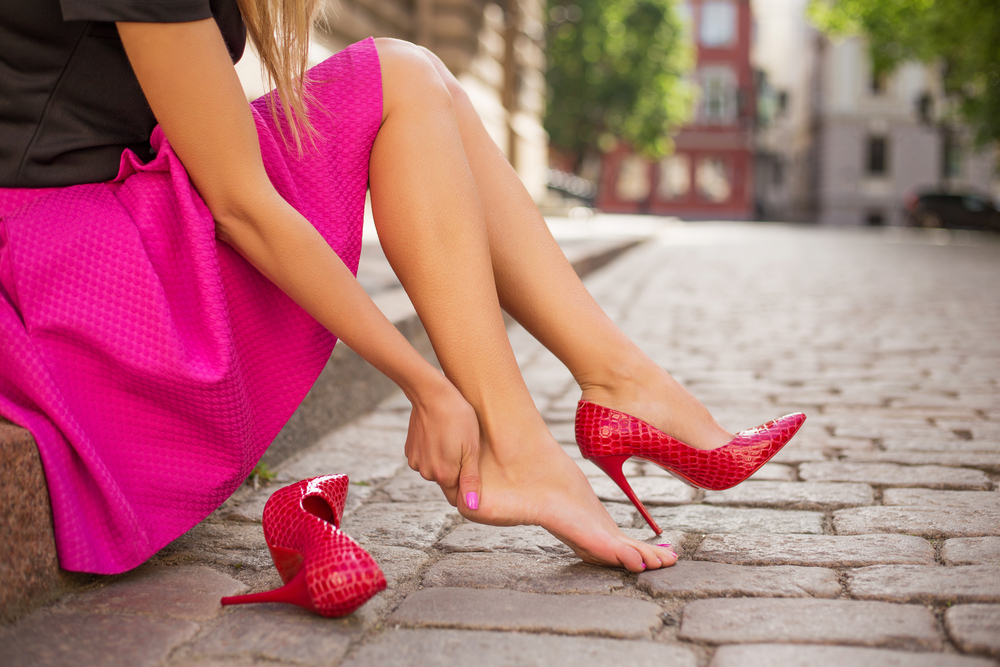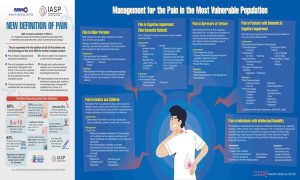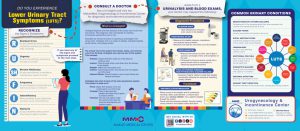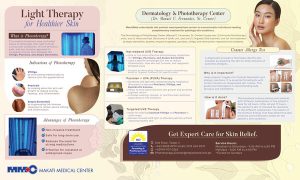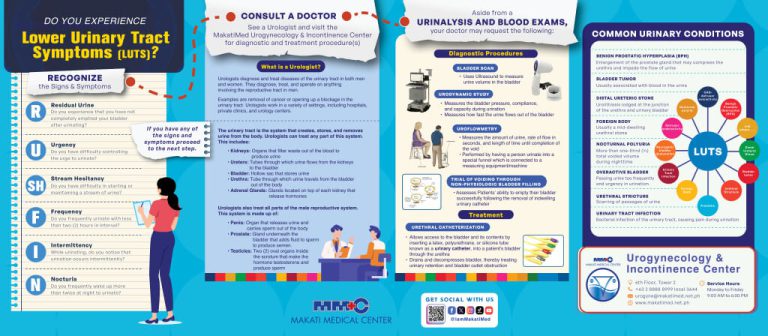Did you know that high-heeled shoes were first worn by men?
High-heeled shoes or “heels,” as they are commonly called today, were worn by Persian soldiers to give them stability when shooting bows and arrows and help their feet remain in the stirrups while riding horses. Since then, heels have turned into cultural symbolisms: wealth and power, refined fashion, sophistication, and sexuality.
Wearing stylish heels with matching luxurious bags has long become an expression of style and a fashion statement that completes one’s look at the expense of comfort. Fashionable handbags are convenient to lug around, carrying all the stuff one can need, but an overstuffed purse can cause back and neck pain in the long run.
Meanwhile, heels can give women a boost of confidence and elevate their fashion sense, but heeled feet for long periods can lead to aching joints and strained muscles.
10 Reasons Why High Heels and Heavy Purses Can Be Harmful to Your Health
1. Bad for the body’s posture
2. Changes gait
When walking, the foot rolls from the heel to the forefront, pushing off the ground with the toes. Walking in high heels—which places the foot at an unnatural position—keeps an individual from doing normal strides by preventing the foot from pushing off the ground naturally and efficiently.
The higher the heels are, the harder the hip flexor muscles work to hold the body forward and the knees to remain more flexed.
3. Unnatural foot position
When wearing high heels, the feet are in an awkward position, making it almost appear like standing on one’s toes. This, again, puts significant weight on the forefoot, which can cause several conditions, such as the following:
● Bunions and neuromas: These deformities and growths cause pain in the foot.
● Haglund’s deformity: Also called a pump bump, this deformity causes a bony enlargement that appears at the back of the heel bone.
● Plantar fasciitis: Pain at the bottom of the foot or near the heel caused by wearing unsupportive footwear.
4. Throws off one’s balance
Unlike wearing flat shoes where the body’s weight is evenly distributed throughout the foot, heeled feet require great balance when walking on uneven surfaces, slopes, or elevated ground. Big and quick strides put more pressure on the balls of the feet to maintain stability.
Wearing high heels, especially stilettos (stick-like high heels), will practically feel like walking on tiptoes. This increases the risk of stumbling, twisting the ankle, or falling.
5. Sprains the ankle
6. Causes shoulder pain
7. Postural misalignment
8. Uneven weight distribution
9, Tension on the neck and back
10. Possibility to develop arthritis
Constantly carrying a heavy load on the shoulder presses muscles and nerves in the neck down to the shoulder, causing severe strain that may lead to bad posture with a curved shoulder or back.
When the muscles get fatigued, it tends to lose grip of the spine. The person may then walk unnaturally and feel discomfort with every stride as it puts undistributed weight into specific areas in the body. Over time, one may also develop osteoarthritis, the most common type caused by wear-and-tear damage to the cartilage.
Choose Comfort Over Style
While some people are required to wear heels for their job, some choose to wear fashionable heels and carry overstuffed bags to make them confident about how they look as they have everything they need in one tote. But they will come to a point when it is better to prioritize health and comfort over fashion.
If you have concerns about muscles or joint pains, do not hesitate to reach out to Makati Medical Center’s orthopedic department for the diagnosis, management, or treatment of aches and pains related to the muscles and joints.

